Dave Canterbury is a well-known survival instructor and owner of the Pathfinder School in Ohio.
Perhaps best-known for his time on the Discovery Channel show Dual Survivor where he famously co-hosted alongside Cody Lundin, Dave is admired for his hard-charging and no-nonsense approach towards survival in austere environments.
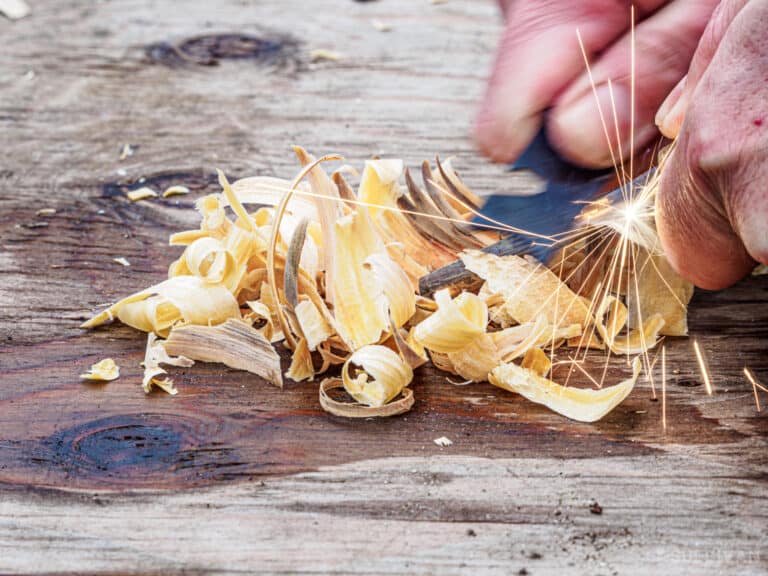
He has also authored several books on bushcraft, general survival and advanced survival techniques. He has proven his chops as a survival instructor time and time again.
Today, Canterbury is perhaps most famously known for his introduction of the “10 C’s of Survivability”, a combination of shopping list and checklist for taking care of your survival requirements when you get in a jam out in the wilderness.
As befitting someone with his experience, Dave’s list of the 10 C’s covers everything you might possibly need.
In today’s article we’ll be examining that list in detail below.
Overview of the 10 C’s
The 10 C’s are not a comprehensive list for packing a bug-out bag; if you listen to Dave talk about them he’ll tell you the same thing. Instead, you can think of the 10 C’s as forming the core of any good survival kit for any environment.
No matter where you might go, no matter what environment you find yourself trapped in, the items featured on this list are useful.
More than that, they are truly fundamental, covering every survival requirement that a human being has. If you were trapped in a survival situation with nothing more than the items found on this list, you would be way ahead of the game.
So, no matter if you take the items on this list and use them as the most basic components for building your perfect survival kit for bug-out bags, or use them as-is as a minimalist “just in case” kit, you’ll be on the right track.
Note that as you’re reading these items, you’ll see that Dave has taken just a couple of liberties with the labels for the contents.
I won’t presume to speak for Dave, but you can tell it is obvious he is not trying to put his own special brand on anything; he just wanted to keep everything on the list labeled with a word starting with ‘C’ so they would be easy to remember.
Without any more ado, on to the list.
Dave Canterbury’s 10 C’s of Survival
1. Cutting Tool
Dave always leads his recommendation lists for survival gear with a cutting tool, and in almost every case it is a good, solid bush knife. A cutting edge is an essential survival tool since you’ll do so much with it.
It’ll be your primary wood processing tool, a self-defense implement and your all-purpose tool for building and repairing. Your knife will also be the other half of a flint-and-steel or fire steel setup since you can use the spine as a striker.
When searching for your next knife be sure to look for one with a full-tang. This means the blade and inner part of the handle are one piece. When the handle breaks you can replace it with a new one since the knife will be whole.
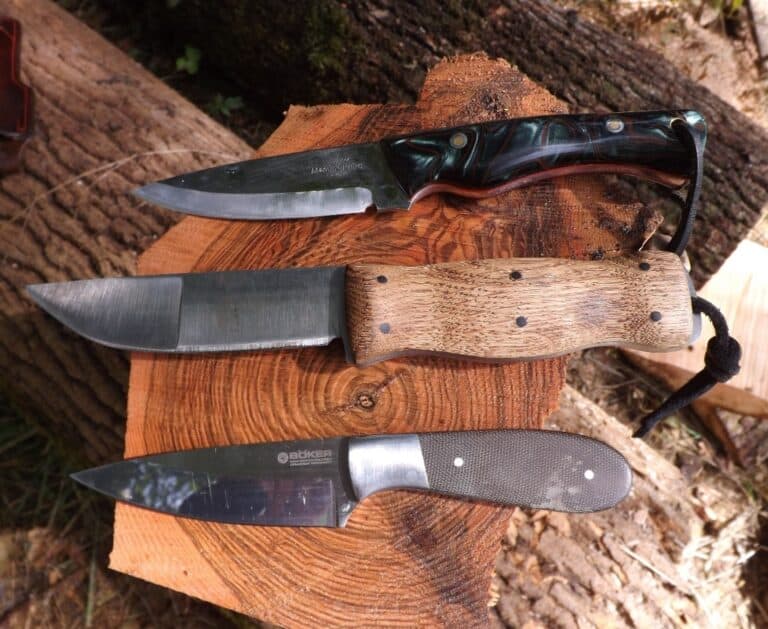
Carbon steel is a great material for a blade since it has been hardened even further than just steel. High carbon steels are easy to spot since they will have a matted, dull finish, much like you’d see in cast iron.
In conjunction with some of the other items on this list, you can fashion your knife into a spear for serious hunting or self-defense from man or beast alike.
A survival knife can be fashioned using cordage, a sharp rock like obsidian or flint, and a handle fashioned from bone or wood. Even sharpened bone can be made into a usable blade for cutting.
The knife is one of mankind’s oldest and most faithful tools, and Dave certainly gives it the respect it deserves, awarding it the number one spot on his list.
2. Combustion Device
The ability to make fire on demand in any weather condition is essential for surviving in the wild.
Whether it is providing heat to get through a cold night or dry out, cooking what wild game you have been able to catch, or just raising morale and brewing yourself up a cup of instant coffee, fire is another elemental tool that no one can afford to go without.
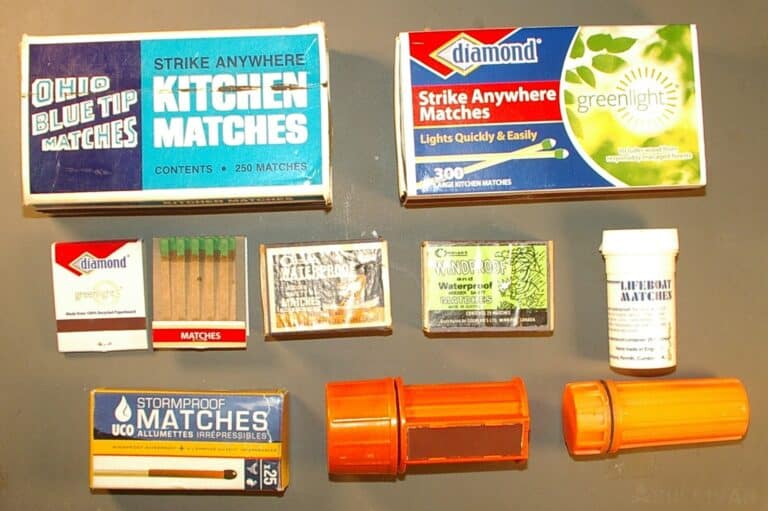
You should always have at least two ways to start a fire on you. Waterproof storm matches, ferro rods, fire steels, blast matches and standard lighters are all viable choices.
Just as important as a fire starting method itself make sure you include some hot burning, quick-lighting tinder so you can easily get a proper fire going with what kindling you can scavenge from the area around you.
3. Cover
When Dave talks about cover in this context he is talking about items that will help you keep your core temperature around 98.6 degrees F. That just so happens to be the temperature that will keep your ass alive in the wilderness or anywhere else for that matter!
The go-to survival items in this category depending on how light you’re packing will either be a foil emergency blanket (space blanket), or a classic wool blanket.
The emergency blanket weighs almost nothing, traps tons of heat, and serves as a great reflector for a fire. The wool blanket has a miraculous ability to keep you warm even when it is soaking wet, although it will be heavier.
Either of these items can be used to improvise cover from wind or sun if necessary, but for fashioning into a semi-permanent shelter the wool blanket has an advantage here.
A third option that is both lightweight and versatile is a tarp. A 10 foot by 10 foot tarp can be fashioned into a variety of shelters quickly.
Ensure that you find a tarp that is either sil-nylon or a waterproof ripstop nylon. Multiple tie-out points are also necessary as the amount of structures you create will be limited by that factor.
Make sure you don’t you don’t have any embers come in contact with the tarp. The same can be said for setting up a tarp shelter near a thorn bush. Any kind of damage will compromise its ability to keep you warm and dry.
4. Container
Not just any container, but a metal container, unlined and uncoated, that is suitable to boil water in. You won’t be able to do that with a plastic bottle, or do it safely with a coated metal bottle.
Water is absolutely essential in all survival situations, and if you find a valid source in the wild you want to be able to take a good quantity with you after sterilizing it before moving on.
Dave recommends a 32 oz standard stainless steel water bottle. He places emphasis on a container with this volume because many water treatment chemicals (iodine, etc.) rely on quart measurements for metering and treating water.
You could also use a metal canteen, much like the ones that are used in the army. They come in predetermined amounts and any measurements can be eyeshot with moderate accuracy.
You’ll need to be precise with that stuff if you want to assure good results, and not get sick from anything left in the water. Additionally, a steel bottle is plenty sturdy and you can use it for cooking food in a pinch.
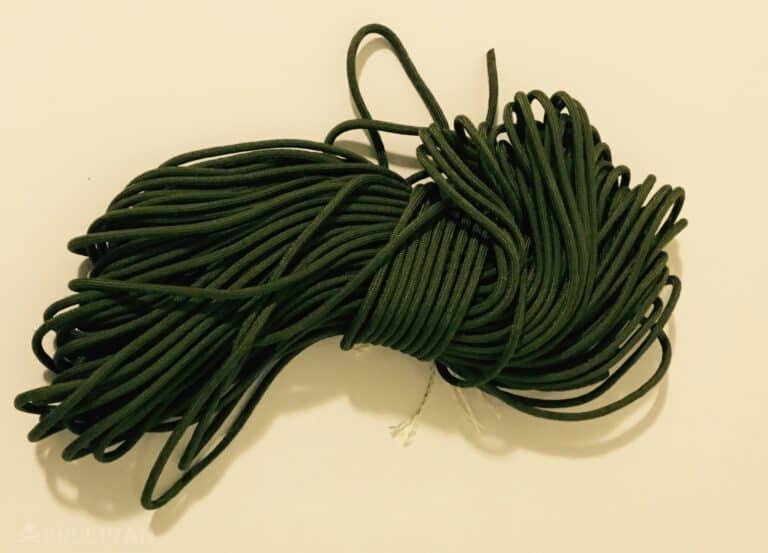
5. Cordage
Cordage is one of those really simple things that everyone takes for granted, but you’ll find it is damned difficult to make yourself while you’re out in the wild.
Sturdy, lightweight cordage is useful for all kinds of things, from shelter construction to the improvisation of other tools. No prepper should ever leave home without it.
You can use cordage with your cover materials above to create a tent, use it with your knife and a sturdy branch to make a spear, or lash some wood together to make a raft.
If you use modern cordage like paracord, you can pull the guts out and use the finer, inner strands for all kinds of things, like thread for stitching or fishing line.
6. Cotton Bandana
My love of this most under-appreciated survival tool is well-documented, and I’m glad to see Dave recognizes it as absolutely essential also.
A few 3-foot by 3-foot bandanas, folded up, will take up next to no room and very, very little weight but you can use them for all kinds of things.
He says the primary use for him is as improvised first aid packing and wound treatment dressing. You can put together a makeshift sling using a bandana if you have an injured arm.
You can also fashion them into bindles a-la the classic hobo stick, use them as a coarse, first stage filter for water treatment, as padding, as a potholder, a little extra insulation, as kindling in a pinch, or, in a real emergency, you can cut strips off of them and use them as toilet paper.
7. Compass
The importance of a compass should be obvious in a survival situation, especially one where you were in the remote backcountry.
Dave specifically recommends a compass with a built-in mirror and bezel so that, like many of the items on his list, it can afford you a dual purpose.
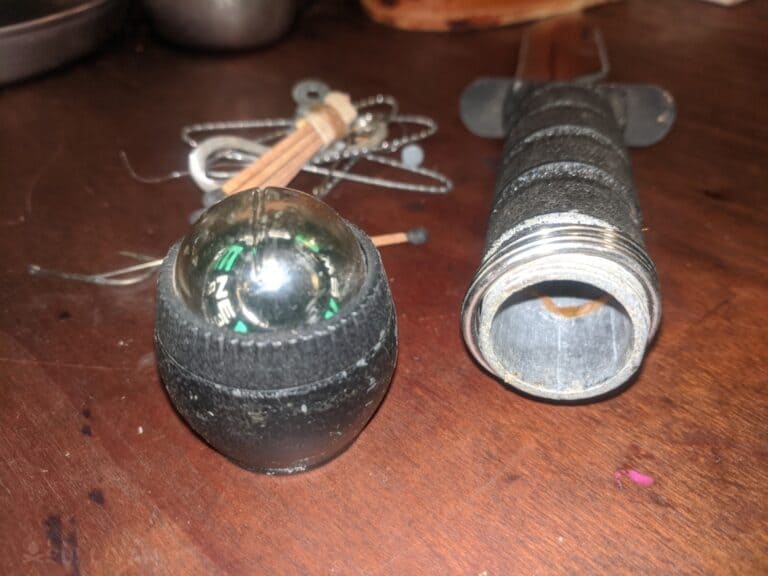
Any quality compass can obviously help you find your way, even if it is just cardinal direction finding, but the mirror can be used for signaling and potentially fire-starting by focusing the sun’s rays. Whatever compass you choose, make sure it is sturdy and accurate.
8. Candlelight
No, Dave is not talking about actual candles here, although I would listen to him if he were. He’s referring instead to a personal lighting device, meaning a headlamp or a flashlight.
There is no prepper worth their salt that should ever leave their house without a flashlight on their person and modern flashlights combine unbeatable brightness, reach and run time in incredibly small packages.
Handheld flashlights are also very good in self-defense situations, since you can aim them into the eyes of an attacker, man or beast, to help remove their visual horizon and distract them in a fight.
Flashlights are awesome, but headlamps are where it’s at if you need hands-free work lighting.
A good headlamp will come with all the features of a good flashlight and remove the need for you to control it with either of your hands.
Most headlamps don’t have the range of a comparable flashlight, but this is usually a good trade-off for most preppers.
Flashlight or headlamp, you should consider one that has multiple brightness settings to help you conserve batteries, and speaking of batteries don’t forget to pack a couple of extras in your kit!
9. Canvas Needle(s)
Heavy duty needles are another item that deceptively have many survival purposes. Another name they go by is a cloth sail needle.
They can be used for sewing, obviously, to repair your gear and clothing, but they can also be used as a suture for stitching up your skin in case you’re injured.
Sturdy needles can also be lashed to a branch to form a multi-prong spear or gig useful for nabbing smaller prey like frogs and birds. Needles are also easily fashioned into fishing hooks if you’re in a place where fish are abundant in local water sources.
For just a few dollars and a few grams there is no reason you shouldn’t have a small bundle of needles in your survival kit. Even if it’s just to dig out some splinters.
Dave keeps his secured with duct tape wrapped around his knife. That’s not my preferred place to keep them, but that is definitely a way to keep from losing them.
10. Cargo Tape
Dave is here, of course, talking about that one item that all preppers on all corners of the globe truly love: duct tape! Duct tape is one of those things you absolutely cannot replicate in the middle of a survival situation.
You can make and repair almost anything with it. It is lightweight, and removed from its primary roll it takes up very little room, especially when wrapped around a water bottle, a knife sheath, or a flashlight body.
This is one item you definitely shouldn’t go cheap on. The higher end duct tapes are geometrically more durable and far stickier than the cheaper varieties.
An eight, nine or ten dollar roll of duct tape is a small investment to make in your survival kit. Make sure you get the good stuff, and pack plenty of it; you’ll need it!
Conclusion
That is it for Dave Canterbury’s 10 C’s of survivability. What did you think? Did any of Dave’s recommendations influence your own gear selections?
Are you going to rethink and repack your own survival kit or BOB, or do you think you can outdo Dave Canterbury? Let us know in the comments below.
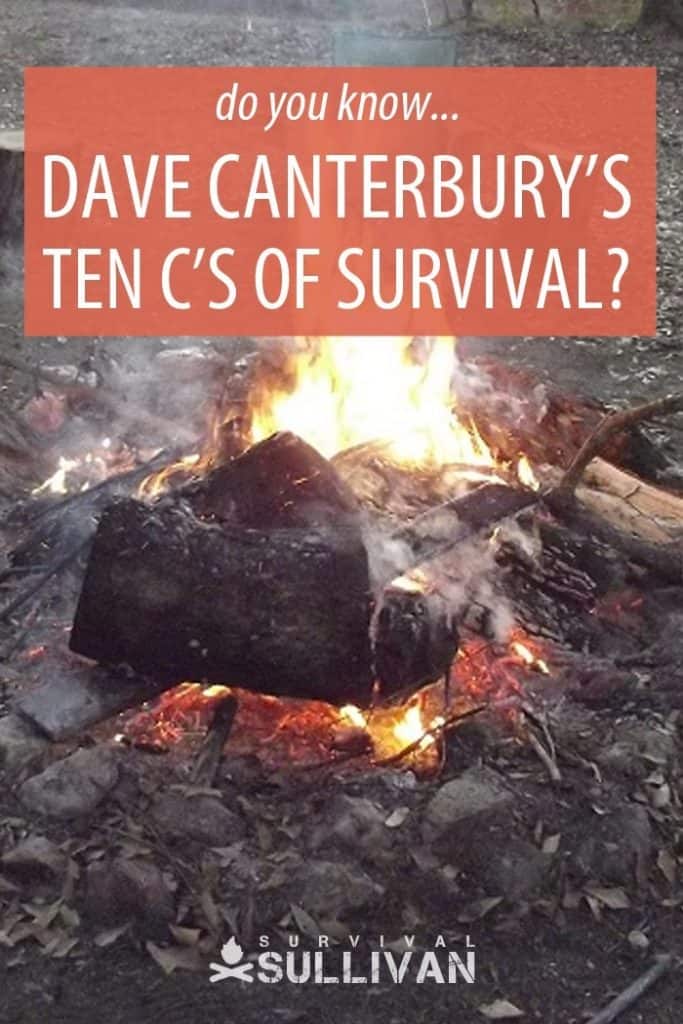

Tom Marlowe practically grew up with a gun in his hand, and has held all kinds of jobs in the gun industry: range safety, sales, instruction and consulting, Tom has the experience to help civilian shooters figure out what will work best for them.

He is the guru- all the Pathfinder guys are extreme experts & he is the mentor – whats that tell u???? Wow!!! I watched him shoot arrows & hit perfect shots while he’s talking & demonstrating , like its nothing
Two more Cs makes one dozen.
11. Communication/signalling device. To call for help. E.g. phone, radio, signal mirror, whistle, high visibility flagging.
12. Composure. Confidence. Cognitive awareness – perceive the threats. Observe, Orientate, Decide, Act purposefully (OODA). Continually (OODA Loop).
The signal mirror can be the one on your compass, and the high visibility flagging can be your cotton bandana.
I would suggest adding a somewhat controversial but I think increasingly important one: Cartridges. By this I mean a firearm suited to your environment. A person in an unsafe urban area would be wise to have a handgun in the traditional Police calibers, a person hiking in Bear country would likewise match the gun to deal with a dangerous bear so a .44 Magnum pistol or a 12 gauge shotgun would do, here in my Southwest desert a .22LR is fine, no bears here and few people so no street gangs.
One of the most useful survival C’s for most people (considering most people will have to include an urban element as part of their get home or bug out plan) is the one that everyone should include in their EDC…
CASH
It opens doors, can get you a ride, and if the grid goes down making your plastic worthless, it’s your best way to get vital supplies before things get really bad.
My C I would add is Calories-at least a power bar, pack of nuts or peanut butter or a small jar of honey. Buying you some time to find you own food in the wild will go a long way to helping keep your composure and formulate a plan.